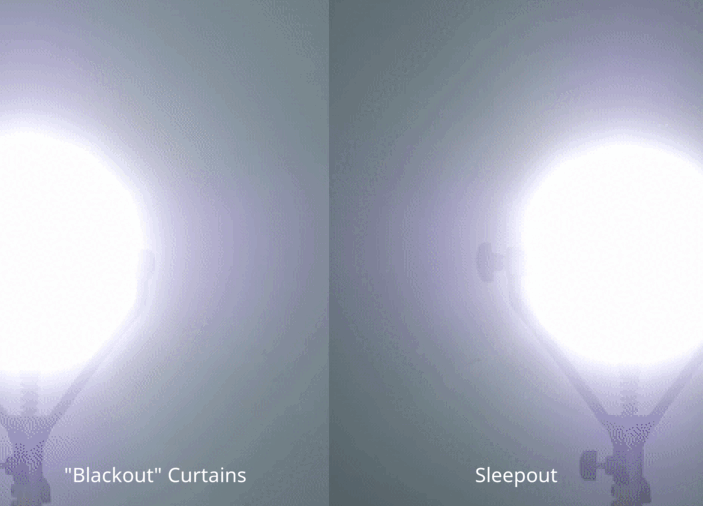When it comes to decorating your home or office, the type of lighting you choose plays a pivotal role in setting the ambiance and functionality of your space. Artificial lighting is more than just a utility; it's a key element of interior design that can affect your mood, productivity, and comfort level. In this guide, we'll explore how to choose the right artificial lighting for your space, considering various factors and options available.
Understanding Different Types of Artificial Lighting
Before delving into choosing the right lighting, it's essential to understand the different types of artificial light sources:
- Incandescent Bulbs: These traditional bulbs produce a warm, yellowish hue and are best for creating a cozy atmosphere.
- Fluorescent Lights: Known for their efficiency, these lights emit a flat, cold light and are commonly used in professional and educational settings.
- LEDs: Highly energy-efficient, LEDs have become increasingly popular due to their longevity and range of available colors and brightness levels.
- Halogen Lights: Producing a bright, white light, halogens are excellent for tasks that require precision and focus.
Consider the Purpose of Each Room
The function of the room is crucial when selecting the appropriate artificial lighting. Here’s how to match the lighting with the room purpose:
- Living Room: Aim for a mix of light sources at different levels to create a versatile space. Use a combination of floor lamps, table lamps, and overhead lights.
- Kitchen: Require strong, shadow-free lighting. Consider under-cabinet lighting for countertops and a bright overhead light for general illumination.
- Bedroom: Opt for soft, soothing light to promote relaxation. Dimmable overhead lights or tabletop lamps are ideal choices.
- Office: Need clear, functional lighting that reduces eye strain. LEDs or halogen desk lamps can provide focused light for work tasks.
- Warm Light (2000K-3000K): Creates a cozy, calm atmosphere. Perfect for bedrooms and living rooms.
- Neutral Light (3100K-4500K): Mimics daylight and is a good all-purpose lighting choice for homes and offices.
- Cool Light (4600K-6500K): Has a bluish-white hue ideal for task lighting in areas requiring concentration and alertness, such like kitchens and offices.
Assess the Color Temperature
Color temperature impacts the mood and visual comfort of your space. It's measured in Kelvins and ranges from warm to cool:
Installation Considerations
Consider the installation process and whether you'll need professional help, especially for intricate lighting systems or integrated smart home setups. Also, consider the ease of switching out bulbs or fixtures in the future.
Pairing with Natural Light and Blackout Solutions
The interplay between natural and artificial lighting can profoundly impact a space's ambience. To control natural light, consider using Sleepout Home Blackout Curtains, which can darken a room, creating a perfect balance between light and dark for optimal illumination control.

Energy Efficiency and Sustainability
Finally, consider the energy efficiency of your lighting solutions. LEDs are usually the best option as they use up to 90% less energy than traditional bulbs and last much longer. Choosing energy-efficient lighting fixtures can reduce your carbon footprint and save on electricity bills.
To conclude, the right artificial lighting can elevate the functionality and aesthetics of your space. It's essential to select based on the room’s purpose, consider the color temperature for the desired ambiance, ensure compatible installation, and leverage solutions like blackout curtains to enhance your environment's versatility and comfort.

